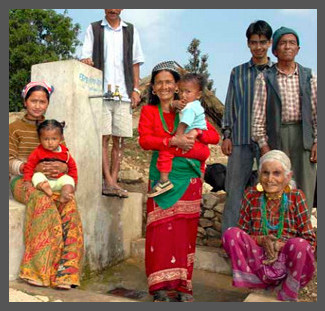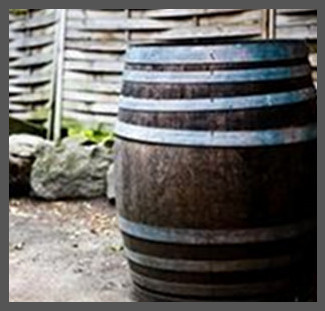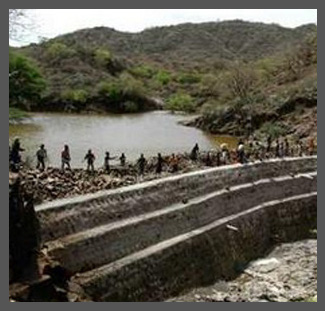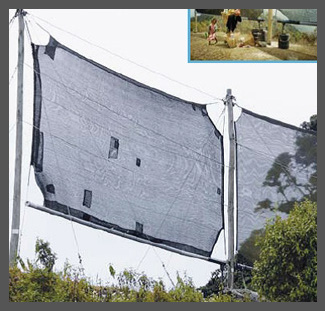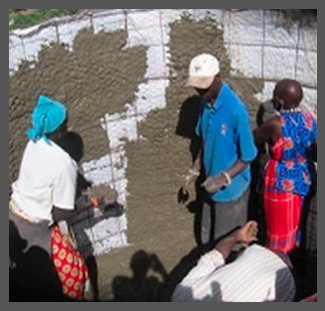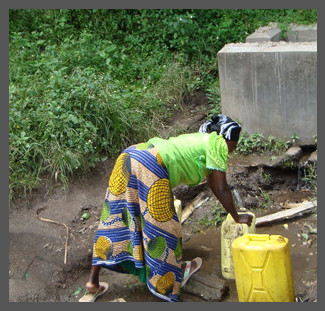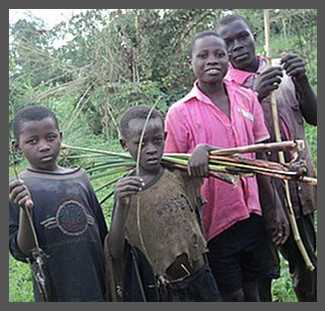Difference between revisions of "Water Portal / Rainwater Harvesting"
| Line 55: | Line 55: | ||
|style="background:#efefef;"|[[Image:in situ icon.png|center|80px|link=In situ rainwater harvesting]] | |style="background:#efefef;"|[[Image:in situ icon.png|center|80px|link=In situ rainwater harvesting]] | ||
|style="background:#efefef;"|[[Image:surface water icon.png|center|80px|link=Surface water - general|Surface water]] | |style="background:#efefef;"|[[Image:surface water icon.png|center|80px|link=Surface water - general|Surface water]] | ||
| − | |style="background:#efefef;"|[[Image:groundwater icon.png|center|80px|link=Groundwater recharge - general]] | + | |style="background:#efefef;"|[[Image:groundwater icon.png|center|80px|link=Groundwater recharge - general|Groundwater recharge]] |
|style="background:#efefef;"|[[Image:Fog_water_collection_icon.png|center|80px|link=Fog and dew collection]] | |style="background:#efefef;"|[[Image:Fog_water_collection_icon.png|center|80px|link=Fog and dew collection]] | ||
|- | |- | ||
| Line 61: | Line 61: | ||
|style="background:#efefef;"|[[Image:rainwater harvesting small.jpg|center|120px|link=Rooftop rainwater harvesting]] | |style="background:#efefef;"|[[Image:rainwater harvesting small.jpg|center|120px|link=Rooftop rainwater harvesting]] | ||
|style="background:#efefef;"|[[Image:in situ2 small.jpg|center|120px|link=In situ rainwater harvesting]] | |style="background:#efefef;"|[[Image:in situ2 small.jpg|center|120px|link=In situ rainwater harvesting]] | ||
| − | |style="background:#efefef;"|[[Image:catchment dam small.jpg|center|120px|link=Surface water - general]] | + | |style="background:#efefef;"|[[Image:catchment dam small.jpg|center|120px|link=Surface water - general|Surface water]] |
| − | |style="background:#efefef;"|[[Image:Subsurface harvesting systems small.jpg|center|120px|link=Groundwater recharge - general]] | + | |style="background:#efefef;"|[[Image:Subsurface harvesting systems small.jpg|center|120px|link=Groundwater recharge - general|Groundwater recharge]] |
|style="background:#efefef;"|[[Image:Fog_collection small.jpg|center|120px|link=Fog and dew collection]] | |style="background:#efefef;"|[[Image:Fog_collection small.jpg|center|120px|link=Fog and dew collection]] | ||
|- | |- | ||
Revision as of 00:38, 20 August 2013
Rainwater harvesting refers to structures and methods of catching rainwater directly from roofs or indirectly through surface water runoff or spring catchments. It is then stored in underground (or above-ground) tanks or natural catchments for later use. For roof capture, any suitable roof surface — tiles, metal sheets, plastics, but not grass or palm leaf — can be used to intercept the flow of rainwater and provide a household with high-quality drinking water. Surface water capture can be through a dam, springbox, or groundwater recharge (includes in situ methods).
The reasons for using rainwater harvesting systems answer three questions:
What: Rainwater harvesting will improve water supply, food production, and ultimately food security.
Who: Water insecure households or individuals in rural areas will benefit the most from rainwater harvesting systems.
How: Since rainwater harvesting leads to water supply which leads to food security, this will greatly contribute to income generation.
3R and MUS |
Clearwater Revival |
||||
Acknowledgements
Many of the tools, technologies, and projects on this page are courtesy of the Rainwater Harvesting Implementation Network.
RAIN is an international network with the aim to increase access to water for vulnerable sections of society in developing countries - women and children in particular - by collecting and storing rainwater.
Started in December 2003, RAIN focuses on field implementation of small-scale rainwater harvesting projects, capacity building of local organisations and knowledge exchange on rainwater harvesting on a global scale.

